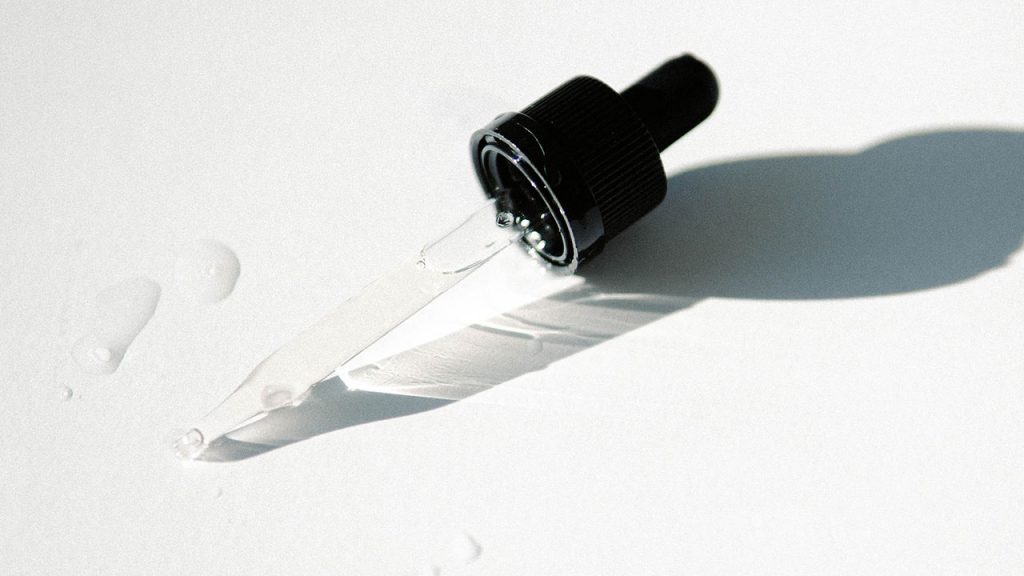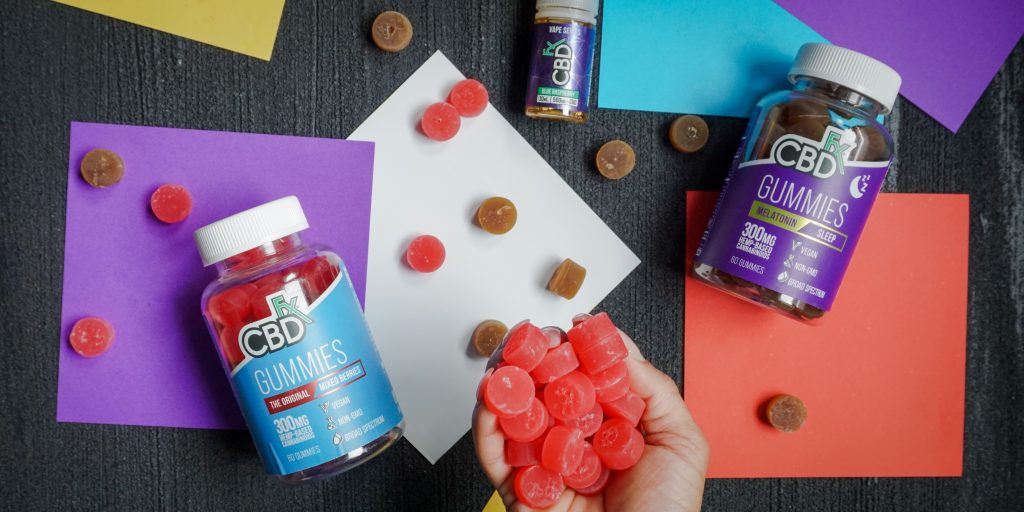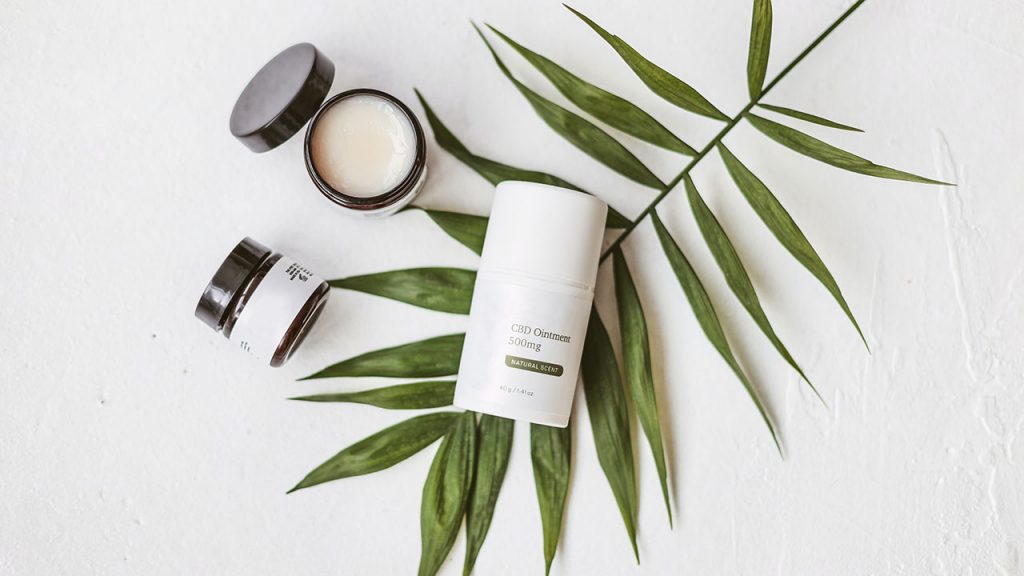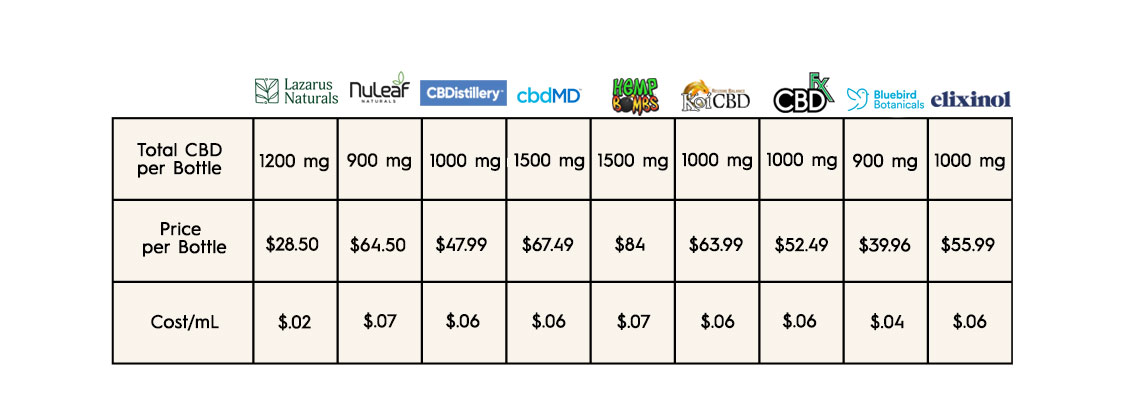How to Calculate CBD Content?
Summarize
Table of Contents
It’s important to know how to calculate CBD content when purchasing CBD products if you want to get the best value. Product volume doesn’t necessarily determine CBD content. As a result, buying a “bigger” product doesn’t necessarily mean you’re getting more CBD. Ultimately, you’re looking at CBD percentage compared to product volume. Figuring out CBD potency isn’t that difficult once you know the basics.
What Is CBD Potency?
CBD potency is a measure of the milligrams per serving of CBD in a product. CBD products with higher potencies create more noticeable results. When shopping for CBD products based on potency, you’re looking for the number of milligrams of CBD per serving instead of details like product volume.
What Is CBD Content?
CBD content refers to the total amount of CBD within an entire product or package. CBD content represents the “whole” of all of the CBD servings that determine a product’s potency. While CBD content is important for determining if a product provides a good value, it should be used alongside actual potency to help you break down how much you’re paying per serving of CBD.
How to Calculate CBD Content?
Knowing how to calculate CBD content is important when doing price comparisons between products. You shouldn’t assume that you’re getting the best deal just because a product appears larger. The easiest way to determine the CBD content of a product is to divide the milligrams of CBD in the product by the container volume.
For example, you may be looking at a 20-milliliter tincture of CBD oil that claims to contain 200 milligrams of CBD. In this case, this particular product offers 10 milligrams of CBD for each milliliter of the product. You can plug the numbers for any product into this equation to get your answer:
CBD milligrams in product ÷ Product volume in milliliters = Milligrams of CBD per Milliliter
Let’s switch it up to see how tincture bottles with different numbers stack up when you’re comparison shopping. Let’s say that you find a 50-milliliter tincture bottle with 250 milligrams of CBD. Using the equation above
(250 milligrams ÷ 50 milliliters = 50 mg of CBD per 1 ml),
You can see that the 50-milliliter container offers 50 milligrams per milliliter. That makes it a much more potent option than the 20-milliliter product with 200 milligrams of CBD, offering just 10 milligrams per milliliter. In this example, the bigger bottle was the better value. However, this isn’t always the case. You’re always looking at the CBD content per milliliter based on what’s on the label.
CBD Content in CBD Oils and Tinctures

CBD content in CBD oils and tinctures tends to be very straightforward. You’re always just doing a ratio of CBD milligrams to product milliliters. This is why accurate, transparent product labeling is so important. Only purchase products from manufacturers that display both values on their labels. Reputable companies won’t just post CBD potency without allowing you to figure out the CBD content on your own, side-by-side product comparisons.
CBD Content in CBD Edible Products (Capsules, Gummies, Snacks, and More)

With edible CBD products, the manufacturer should provide the amount of CBD in milligrams per serving. This is almost always one gummy, capsule, or “treat.” Next, you can look at the product count.
A bottle of 20 gummies with 50 milligrams of CBD has a total CBD content of 1,000 milligrams regardless of gummy size, bottle size, or any other feature. If you’re comparison shopping, you may come across a bottle of gummies containing 15 gummies with 60 milligrams of CBD each for the same price. In this case, you’re only getting a total CBD content of 900 milligrams for the same price, even though the other product technically offers gummies that are more potent by serving.
CBD Content in CBD Topicals

When looking at CBD topicals, you’re breaking down the CBD content by measuring CBD in milligrams against product volume. Try to get a measurement of CBD per ounce when doing price comparisons. You may find yourself looking at a 4-ounce jar of CBD cream containing 1,000 milligrams of CBD against a 3-ounce roll-on product containing 3,000 milligrams of CBD. In this case, you’re looking at 250 milligrams per ounce of CBD content versus 1,000 milligrams per ounce.
How to Compare the Prices of CBD Content?
When comparing prices, your goal is to determine CBD concentration so that you can tell how much CBD is contained per volume unit. That means knowing how much CBD is in each milliliter or ounce of product. You are always basing the “true price” on the cost of CBD per milliliter or ounce instead of the product’s actual price. Product size is essentially irrelevant because you’re only interested in comparing the price per milligram of CBD.

Conclusion
The formula for determining true product potency and price is the same whether you’re shopping for high-potency CBD tinctures or low-potency edibles. While product volume indicates how many servings you’ll get, determining accurate CBD content by breaking down potency per serving allows you to know the actual value of a product. Only shop from CBD brands that list all the information you need to know to determine CBD content clearly on the label!
Share this post


0